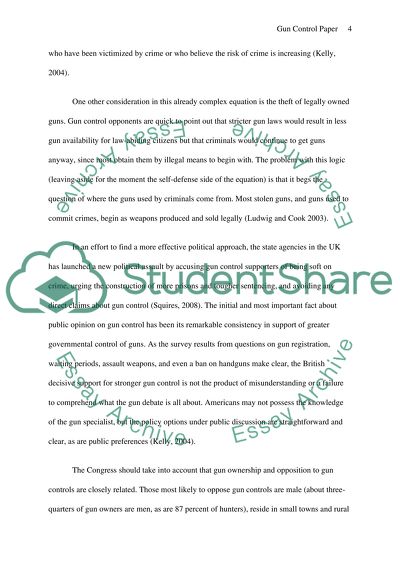Cite this document
(“Analysis of Gun Control Research Paper Example | Topics and Well Written Essays - 1750 words”, n.d.)
Analysis of Gun Control Research Paper Example | Topics and Well Written Essays - 1750 words. Retrieved from https://studentshare.org/social-science/1504754-gun-control-paper-essay
Analysis of Gun Control Research Paper Example | Topics and Well Written Essays - 1750 words. Retrieved from https://studentshare.org/social-science/1504754-gun-control-paper-essay
(Analysis of Gun Control Research Paper Example | Topics and Well Written Essays - 1750 Words)
Analysis of Gun Control Research Paper Example | Topics and Well Written Essays - 1750 Words. https://studentshare.org/social-science/1504754-gun-control-paper-essay.
Analysis of Gun Control Research Paper Example | Topics and Well Written Essays - 1750 Words. https://studentshare.org/social-science/1504754-gun-control-paper-essay.
“Analysis of Gun Control Research Paper Example | Topics and Well Written Essays - 1750 Words”, n.d. https://studentshare.org/social-science/1504754-gun-control-paper-essay.


